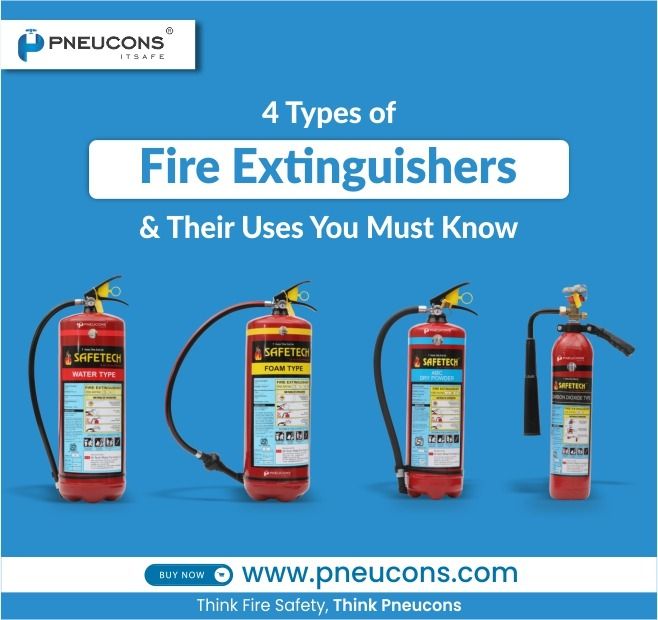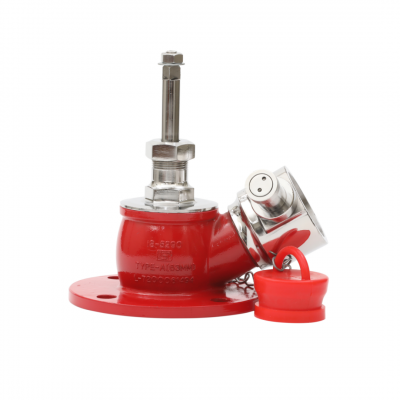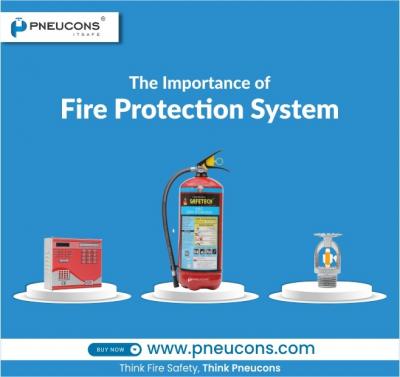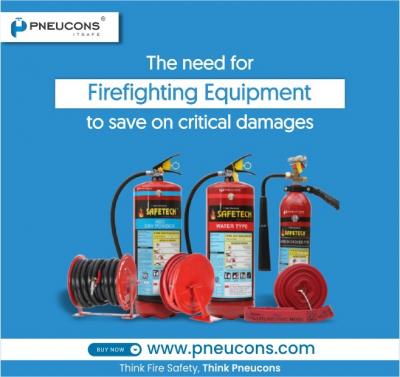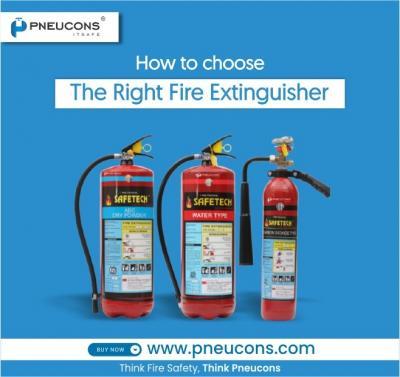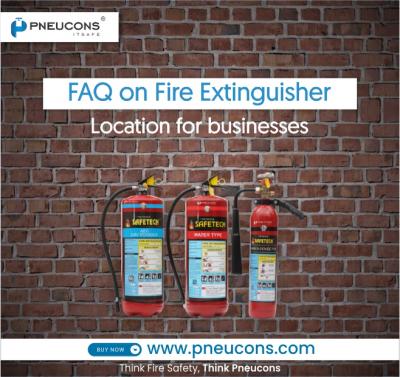You Must Know These 4 Types Of Fire Extinguishers & Their Uses
Today, we can easily spot fire extinguishers everywhere; at home, work, malls, hotels, and even heavy modes of transportations like trains and buses. Although their presence is extensive, do you know their types or how to use them? With so many types and sizes, selecting the right one for your purpose can be overwhelming.
Walking through any buildings or workplace, we all have always seen fire extinguishers near entrance doors or fire escapes. Sometimes, there are two or more fire extinguishers beside each other. For laymen like us, it can be hard to spot the difference as they all are red in color and are of the same size and shape. Next time when you see any fire extinguisher, take a closer look and you would be able to see the small labels and different nozzle shapes. Now, you can see the difference!
Now the question is - why is it important to know the difference between each type? The reason is, when the fire starts, there is no time to check the labels. In this article, we will provide some basic information about fire extinguishers and how to act if you’re in need to use them along with a brief explanation about different types of fire extinguishers and their uses. Let’s start!
-
Water-Fire Extinguishers
Water Extinguishers are the most common and effective type used to suppress Class A fire. It is totally safe as it contains only water and is also the least expensive compared to types. There are four different types of water extinguishers: water jet, water spray, water with additives and water mist or fog.
A water-based fire extinguisher is used for fires caused by various organic materials including
1. Fabrics
2. Textiles
3. Coal
4. Wood
5. Cardboard
And other such substances.
It should strictly not be used for:
1. kitchen fires
2. Fires caused by flammable gas and liquids 3. Fires that involve electrical equipment
This type of extinguisher comes equipped with a spray nozzle so that the water is able to cover a much greater surface area quickly in order to put out fire rapidly.
Colour of the label: Red
-
Foam Extinguishers
Foam Extinguishers are used to subdue Class A and B fires. It operates by producing a foaming agent that works as a blanket that seals the liquid surface and stops the flammable vapor from reaching the atmosphere. In this case, the fire is suppressed, preventing the re-ignition.
Foam Extinguishers are mostly used to extinguish liquid fires such as petrol or diesel. This type of extinguisher is more versatile than water extinguishers because it can also be used on solids such as wood and paper.
Foam extinguishers are not recommended for fires caused by flammable metals, kitchen fires, and fires that involve electrical equipment.
Colour of the label: Cream
-
Dry Powder Extinguisher
Powder Extinguishers are multi-utility with the ability to suppress Class A, B, C fires as well as electrical fires. It suppresses fire by creating a barrier between the fire source and oxygen. The only thing one needs to be careful is that it doesn’t cool the flames entirely, so it may re-ignite. It isn’t recommended to use a dry powder extinguisher inside closed spaces as it may cause breathing problems and visibility loss. Also, the powder leaves a residue that may damage machines and electronics.
Colour of the Label: Blue
-
Carbon dioxide (CO2) Extinguisher
CO2 extinguishers are mainly used for electrical fire events. This extinguisher type can be mainly provided in computer server rooms. They are also used to put out Class B fires. CO2 extinguishers suffocate fires by cutting off the supply of air that the fire needs to burn.
Colour of the label: Black
Looking to purchase fire extinguishers?
Visit world's First Fire Fighting Marketplace and Estore and explore 1500+ range of fire fighting equipment and products
Visit now -Pneucons - Think Fire Safety, Think Pneucons


